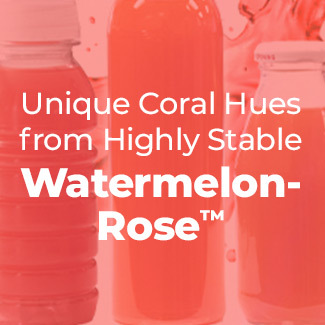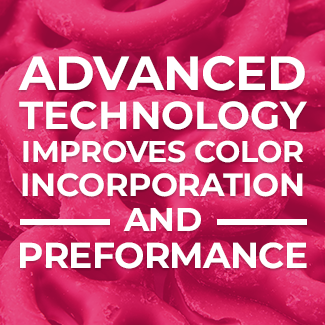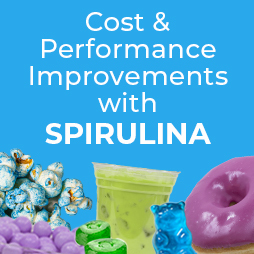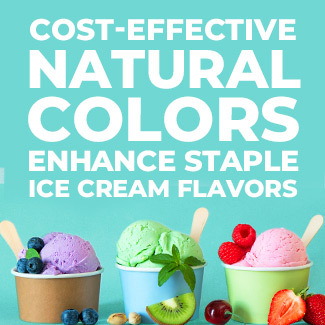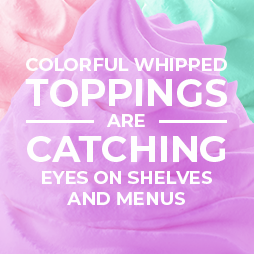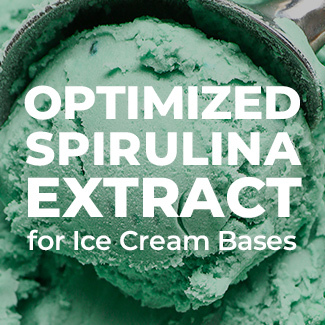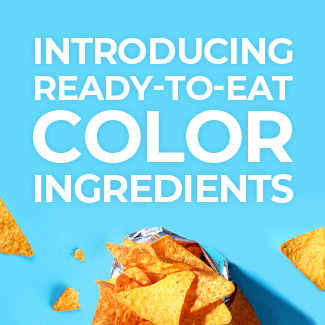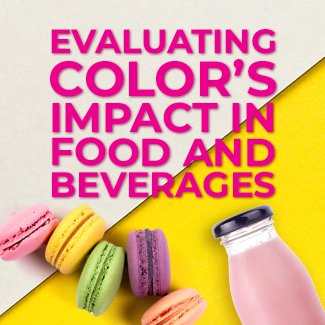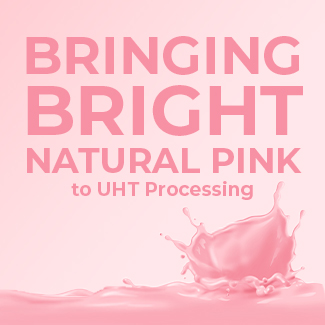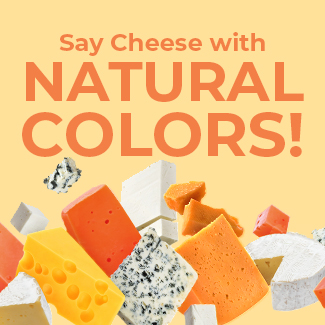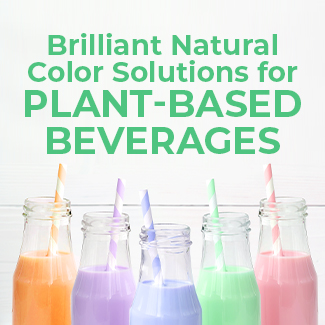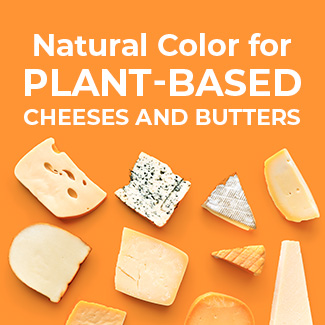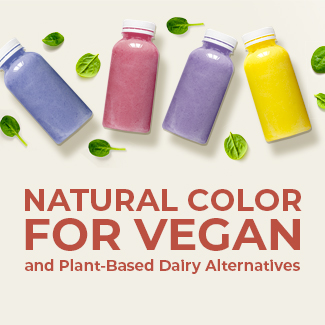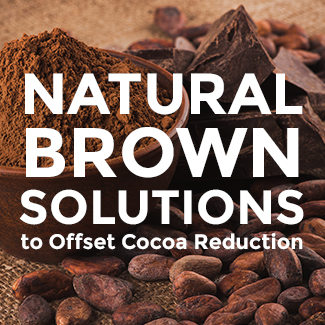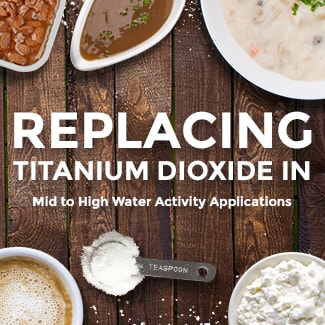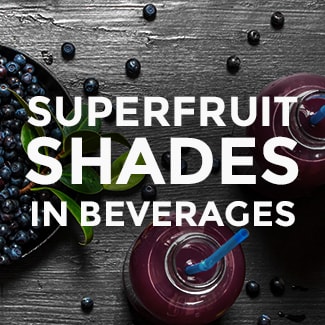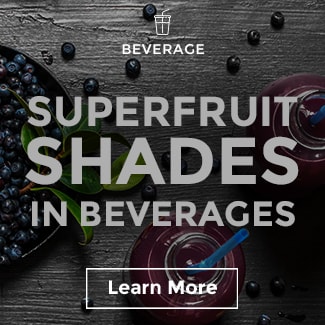Carmine Replacement Options for Dairy & Beverage
Beginning in January 2011, the FDA started requiring that carmine or cochineal be listed by name on ingredient statements and not just as ‘added color.’ While food allergen labeling was the driving force behind the decision, a case of “bug phobia” was the result. The consumer preference for natural colors derived from vegetable or fruit sources is clear.
Of course, another key motivation for removing carmine from product formulations is the need to meet Kosher or Halal requirements. In an era where consumers are concerned with pure and simple ingredient lists and transparency, demand for Kosher or Halal certified food products is on the rise.
The desire for carmine-free labeling presents some challenges for formulators. This is notably the case for dairy applications where carmine produces very good red and orange shades. Carmine also exhibits strong heat and light stability and adheres well to fruit preparations used in dairy. Furthermore, carmine tends to resist migrating or bleeding better than typical alternatives. This can be beneficial in applications such as Greek yogurt or juice beverages with fruit pulp. In the beverage arena, shade stability with natural colorants is always a key challenge.
The obvious solutions from a shade perspective (depending on desired color) will be some blend of vegetable or fruit juices. Sources might include purple sweet potato, beet, black carrot, or potentially red cabbage. The latter is tricky to work with due to potential off-notes that may affect this finished flavor. Some excellent shades can be achieved using blends of these juices, although stability and bleed are potential problems depending on the application.
 Fortunately, advances in natural color technologies in combination with new sources of natural colorants are yielding better results over time. For example, blue carmine was at one time thought to be an option for the elusive natural blue shade. Unfortunately, the high ash content typically found in this colorant rules it out. However, both Sensient’s Natural Blue as well as spirulina (for dairy) give us new tools.
Fortunately, advances in natural color technologies in combination with new sources of natural colorants are yielding better results over time. For example, blue carmine was at one time thought to be an option for the elusive natural blue shade. Unfortunately, the high ash content typically found in this colorant rules it out. However, both Sensient’s Natural Blue as well as spirulina (for dairy) give us new tools.
In beverage formulations, citric acid can preclude the use of certain anthocyanins. But recent advances in purification technologies, such as those used in Sensient’s Pure-S natural colors, enable the use of color sources like paprika that were previously not practical due to the off-notes and flavor interaction these colors produced. Pure-S Orange is an ideal replacement for orange carmine shades. Micronized plating grade natural color solutions can be extremely effective for powdered soft drinks providing needed color to both the powder itself and finished beverage.
Finally, development of new non-migrating encapsulation technologies will yield superior alternatives for end applications such as fruit preparations in the near future.
For developers looking to replace carmine, there are a number of options in the toolbox with more becoming available every day.



